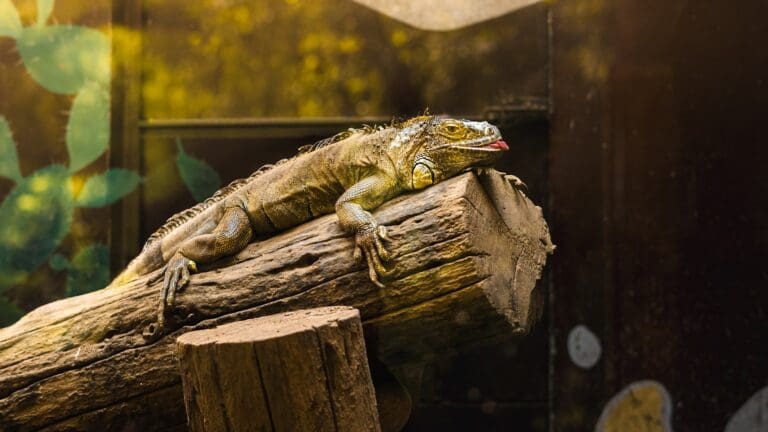Cats are naturally curious animals that love to investigate their environment indoors and out. Houseplants can have an allure cats can’t resist. Luckily, here are 10 deterrents for keeping your cats out of your houseplants.
10. Use Pine, Lavender, Rosemary, or Eucalyptus
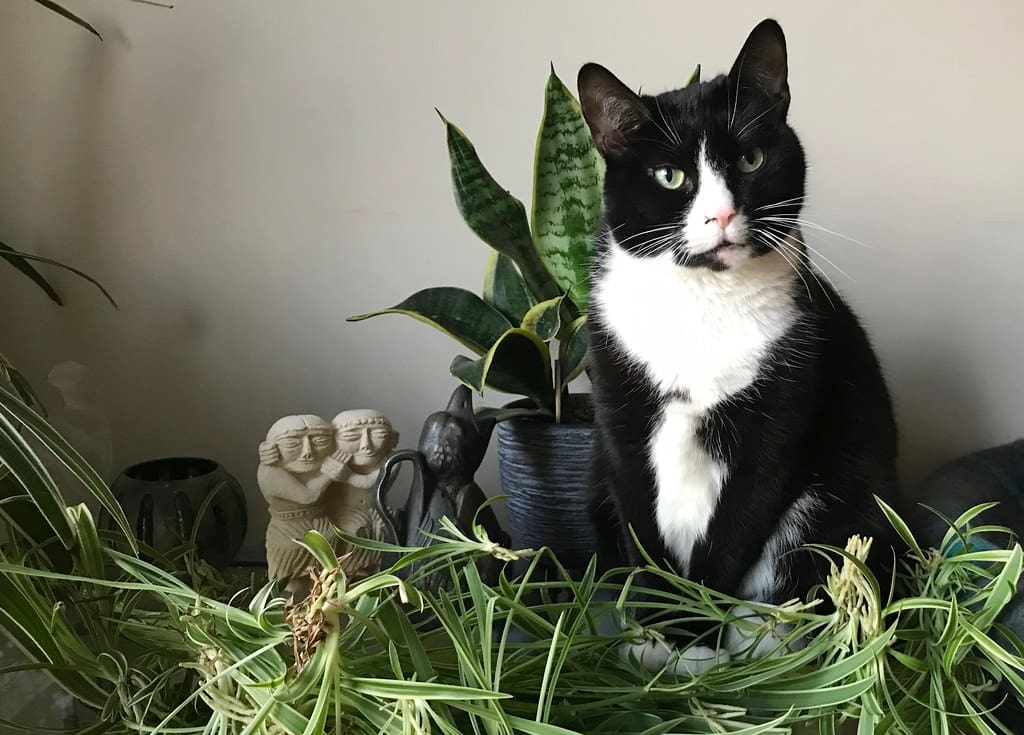
There are certain odors cats don’t like, and one of them is pine needles. Sprinkling some sprigs of pine needles around the topsoil of your plants looks natural. Best of all, most cats want to avoid the aroma of pine and will stay away from your plants. They also dislike the scent of lavender, rosemary, and eucalyptus.
9. Use Citrus
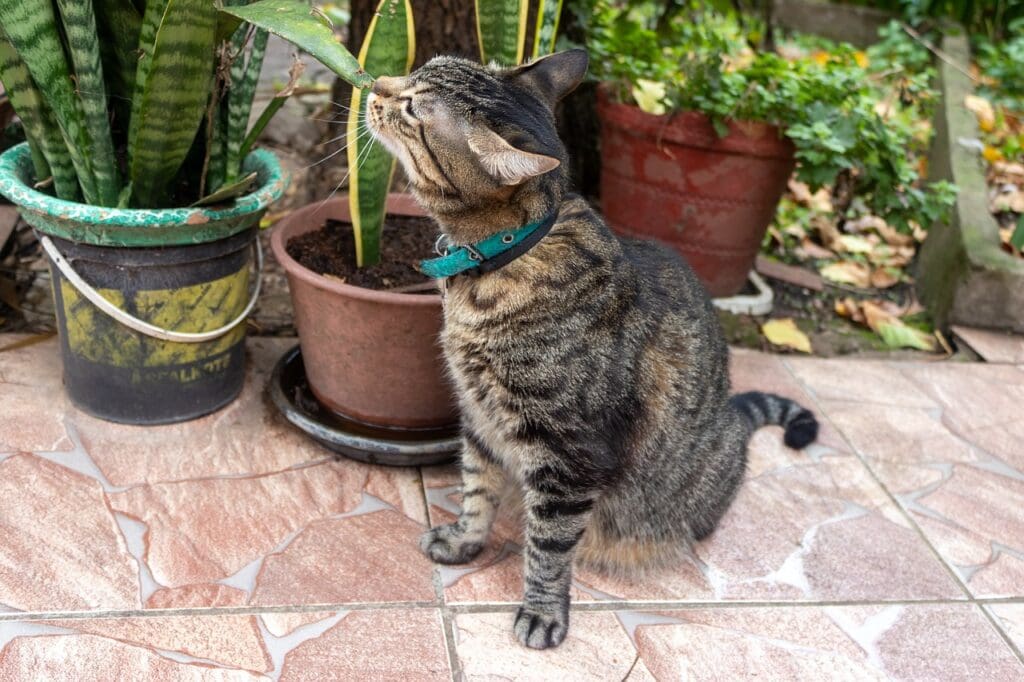
Citrus peels are a natural way to stop cats from digging or scratching at your plants. Cats typically hate the smell of citrus. Leave lemon or orange peels around the base of your plant or place them around the top of the pot. You can also spritz lemon juice on the pot, the base of the plant, or its leaves.
8. Train Them to Leave Plants Alone
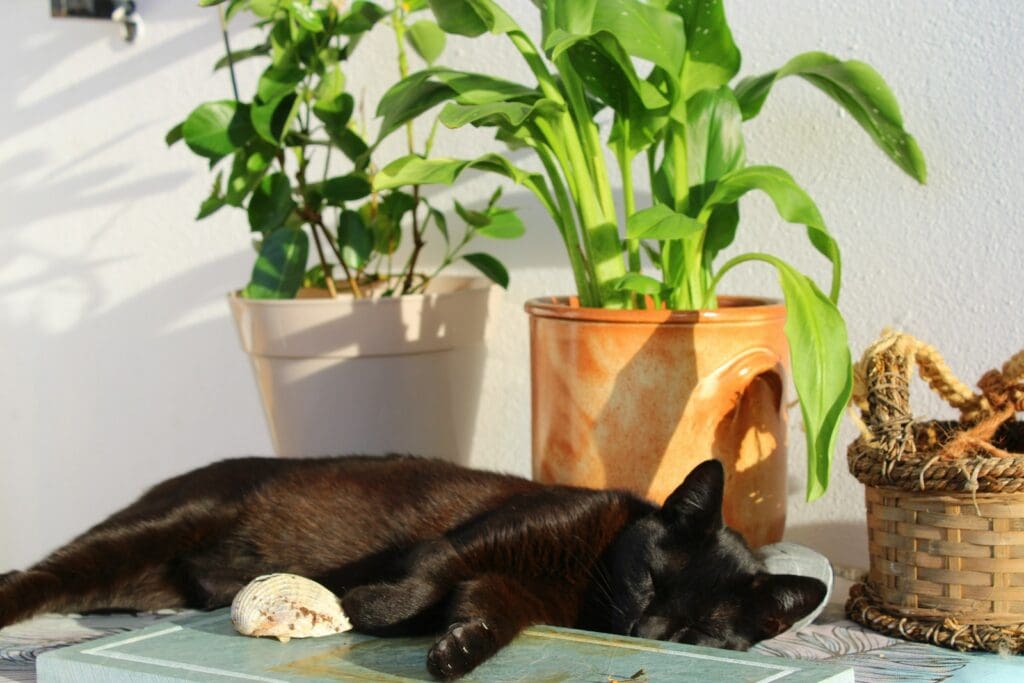
Have a toy or treat ready to distract your cat away anytime it is about to go for your houseplant. If that doesn’t work, try making a loud noise, such as clapping, while incorporating a firm “no.” If the cat turns away, reward it with a treat. Be patient. It may take several repetitions before your cat catches on.
7. Use Cat Deterrent Spray
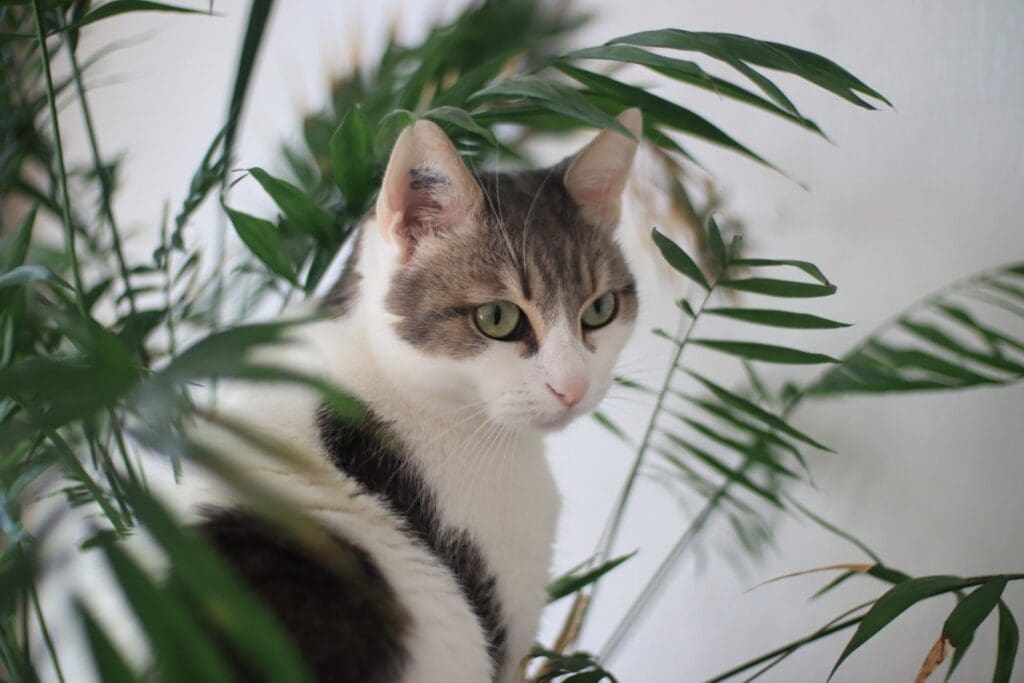
Although not a natural remedy, there are commercial cat-repellent sprays you can purchase that can be effective at stopping your cat from getting at your houseplants. These are non-toxic to both the cat and your plant. It can be sprayed all over the plant, leaves, stalks, and the pot as well.
6. Place Deterrent Objects Inside Potted Plants
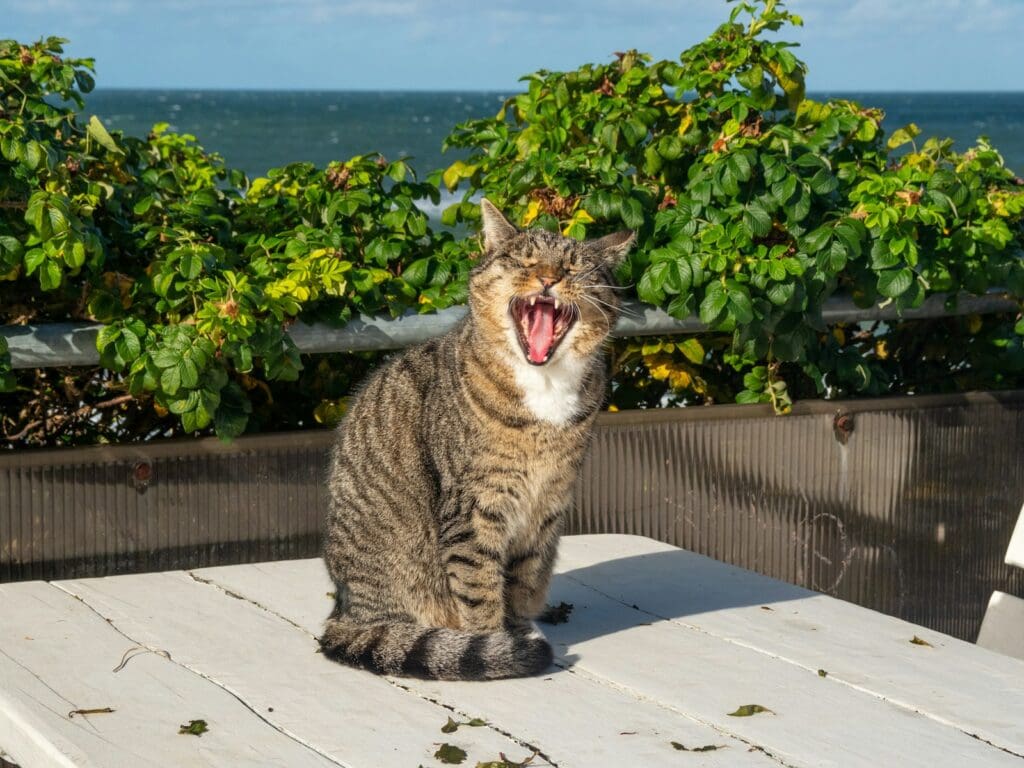
There are non-harmful items to your plants and cat that can be placed around the soil and pot to deter digging. This includes aluminum foil, seashells, plastic forks, pinecones, and clay pebbles. You can also place foil around the edge of the pot or the base of the plant. Place plastic forks in the soil with prongs sticking up.
5. Place Plants Out of Reach
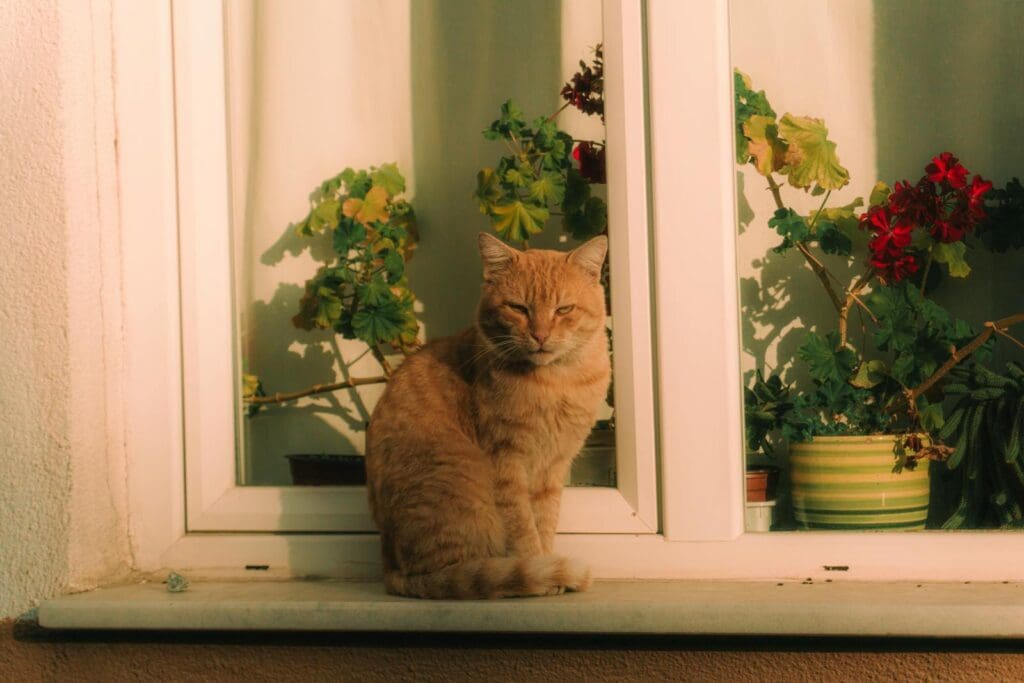
Cats are agile jumpers and climbers, which means they can even get at plants in high places. However, one solution is to hang your plants and hanging planters from ceilings or windows. You can also look for high shelves that lack access to nearby furniture or objects your cat can use as a ladder.
4. Use Catnip
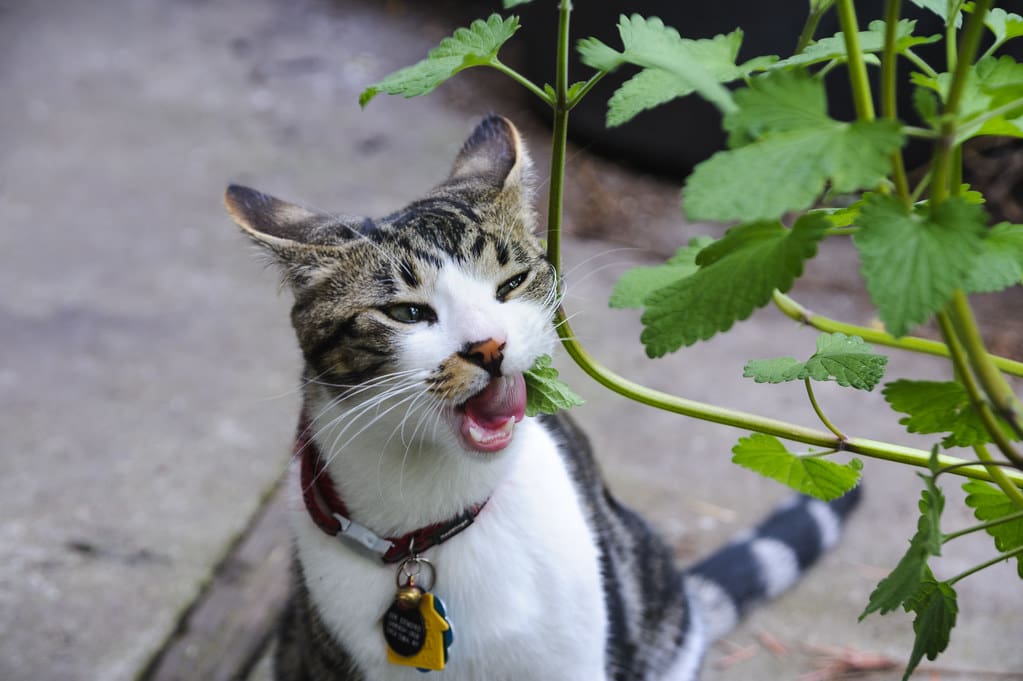
Catnip can be used strategically to lure your cat toward areas safely away from houseplants. The plant produces chemicals that trigger a cat’s opioid reward system, giving them a natural high. In your yard, or around the house, place a little catnip so that your cat will be attracted to these areas rather than where your plants are located.
3. Use Prickly Plants
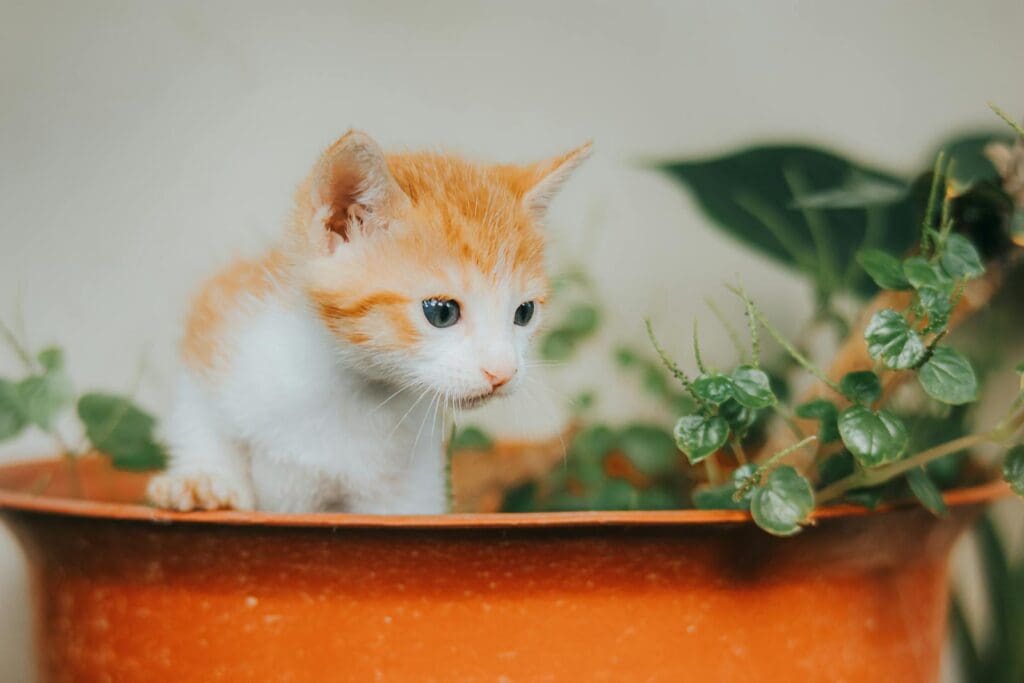
Cats are sensitive to textures, and won’t want to mess with prickly surfaces like cacti or succulents. Ditto for roses and holly. Perennial geraniums also have prickly leaves and a smell cats hate. If you still want a variety of plants, you can place these near or in front of your other indoor houseplants to act as a deterrent.
Read More: Toxic Houseplants to Keep Your Pets Away From
2. Give Your Cat Its Own Plant
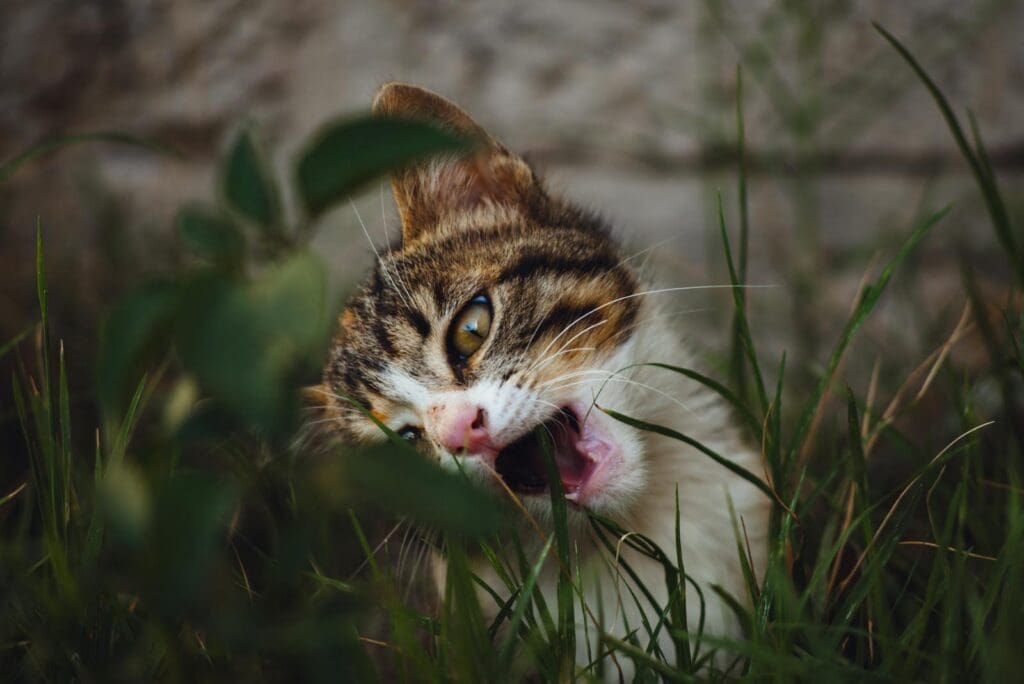
If your cat shows a keen interest in plants, one remedy may be to give them one of their own. A perfect plant is “cat grass.” It’s a safe plant your cat can rub against, smell, and nibble at. Cat grass is thought to aid digestion. You can buy it pre-grown or in kits to grow your own.
Read More: 10 Things to Know Before Giving Your Cat Catnip
1. Keep Your Cat Entertained
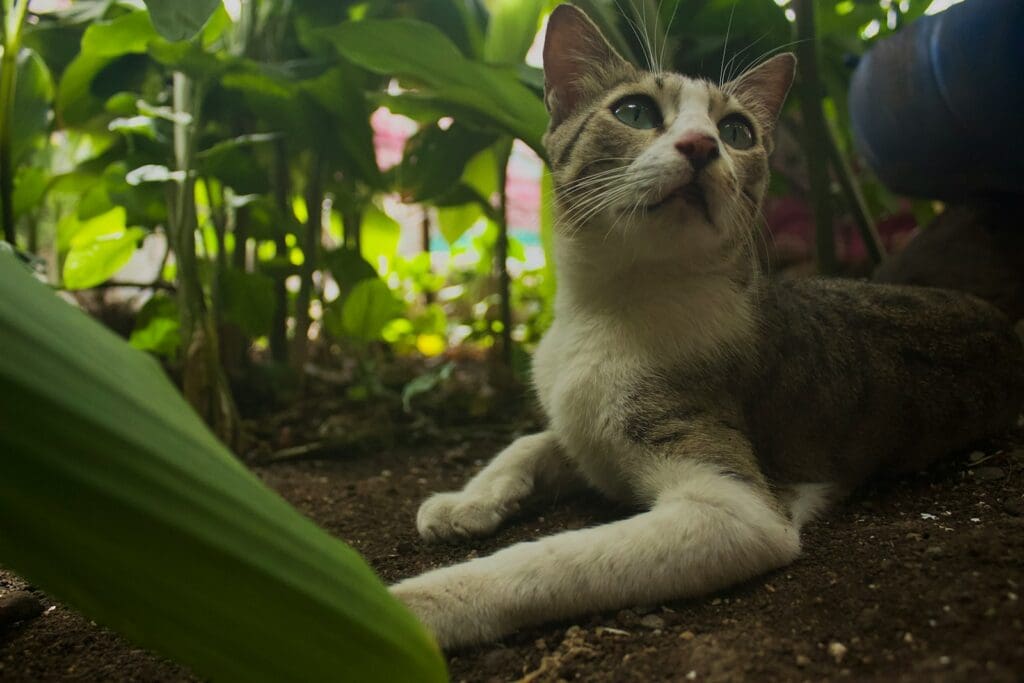
When your cat gets bored, the chances increase that it will investigate your plants looking for something to do. The remedy is to keep your cat’s brain engaged in other activities to tire them out. Distract your cat with new toys to chase, or puzzle feeders. Spend quality time playing with your cat.
Read More: Safe and Stylish: 10 Houseplants That Won’t Harm Your Pets


